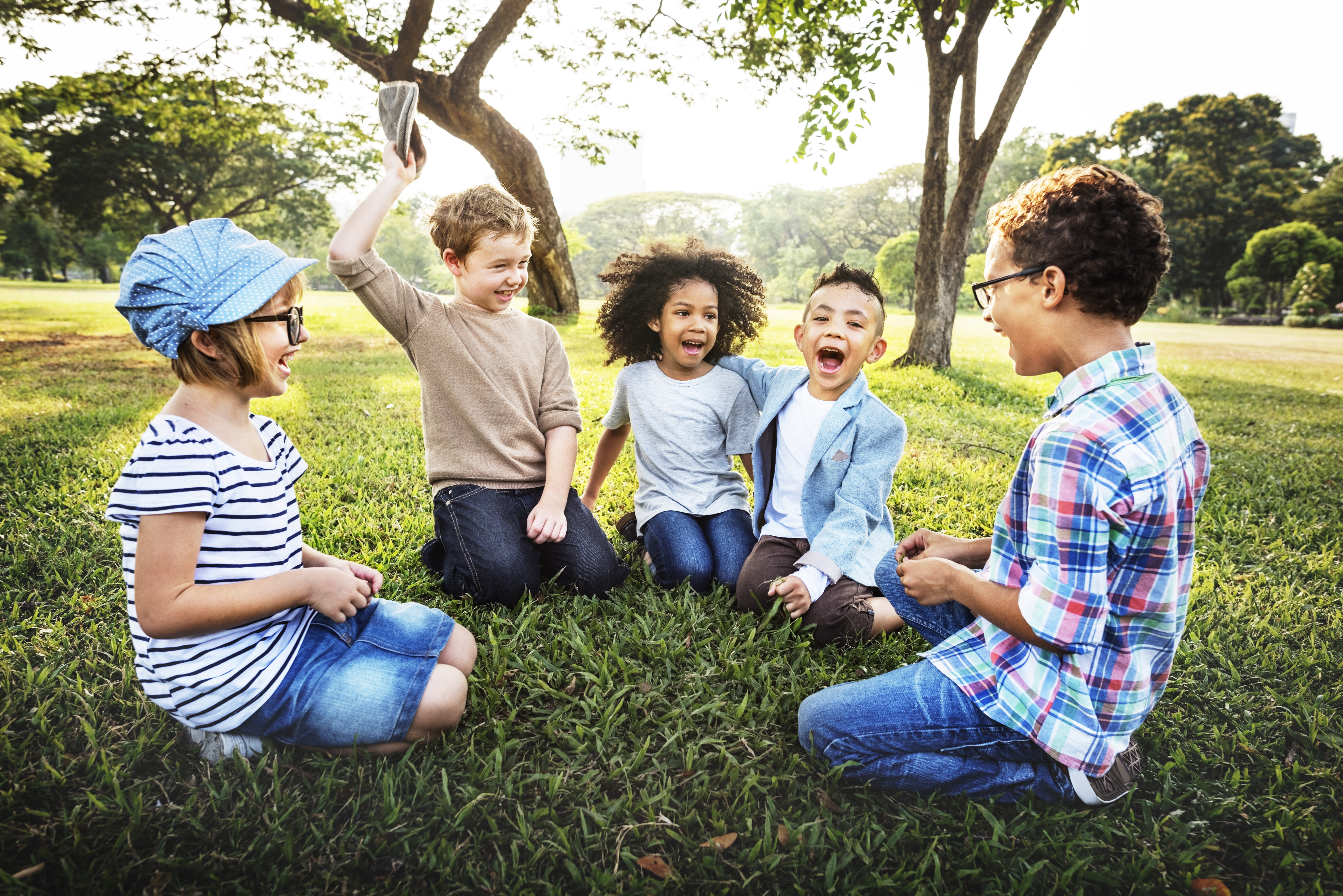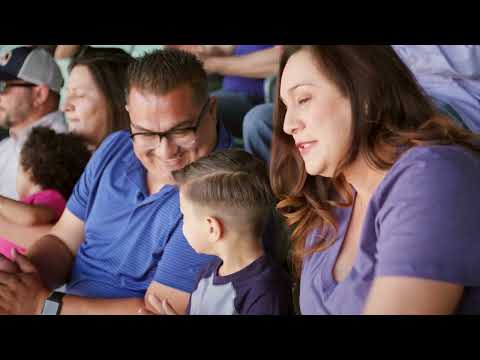A preschooler’s day should be filled with plenty of play – and at this stage, playtime is more fun and imaginative than ever before. Learn more about what play looks like for a preschooler.

As young preschoolers (three to five years old) move beyond the “parallel play” activities of toddlerhood, they’ll begin to engage in “associative play,” or play with interactions. Unlike toddlers, children at this stage will engage with others during playtime, often sharing and using things with peers and adults. Taking turns isn’t always perfect, and it’s common to see challenges with sharing – like taking toys from others – at this stage. These behaviors are normal, and it’s largely because preschoolers are still transitioning and figuring out how to play and interact with others. Adult help and guidance is important to help preschoolers understand and learn more about interactive play.
Once preschoolers are more familiar and comfortable with the concept of playing with others, they’ll begin to engage in “cooperative play,” or play with turn-taking and separate roles for each child. At this stage, imaginative play becomes more elaborate, often including storylines and interacting characters. Preschoolers may create a pretend restaurant, assigning others to specific roles, such as a chef, server, cashier, and customer. Encourage your child to interact in this make-believe environment, play along, and watch your child’s pretend restaurant come to life!
QUICK TIP: At first, learning how to share with others can take some practice and encouragement. Talk with your child about the importance of sharing and taking turns with friends, and how it helps make an activity more fun for everyone involved.






